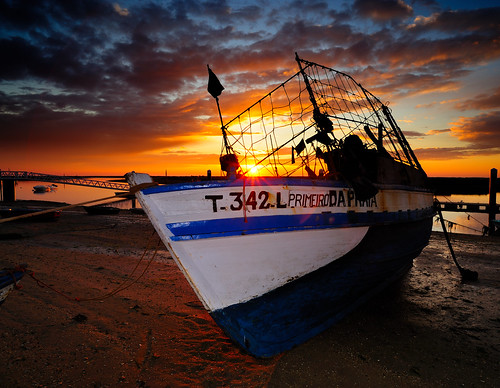Tuesday, 29 December 2009
Flashes Of Inspiration - 29/12/2009
I don't see my task as faithfully snapping what was there. The human eye (or more accurately brain, the eye being very crude) scans a scene, and corrects for light and shadow to get an overall picture. If, as a photographer, you want to catch the sense of what the observer sees, you are going to have to tamper with the light. One of the easiest ways of doing this is to use fill in flash - exposing for lighter parts of the scene and then using a flash to lighten the darker parts and / or the subject.
Subscribe to:
Post Comments (Atom)


Louis, were these pictures taken with a digital camera?
ReplyDeleteOh good, I still have more followers than you.
ReplyDeleteNick, yes a Nikon D3 and a Panasonic DMC1 (their abortive attempt at an SLR, which I use as a travel cam).
ReplyDeleteLucy, I didn't know we were competing :-)
I especially love the reeds shot. It's funny you should blog about this, cos G and I were discussing this very subject a couple of days ago. In a village near us, there's a clock tower which is beautifully lit with panels of plain white Christmas lights interspersed with unlit areas. I'm not a fan of Christmas lights in general, but I notice this every year because it looks pretty special. We were discussing how on earth we could capture this on film, since obviously the lights look prettiest at night, when most of the panels are quite dark. As you say, the eyes adjust to take in the lit and the unlit panels. Flash wouldn't work here, of course, because of the distance and scale. Do you think it could be done?
ReplyDeleteIt could be done in post (or "photsohopped" as people say) - I'll be explaining how in a later blog....
ReplyDelete